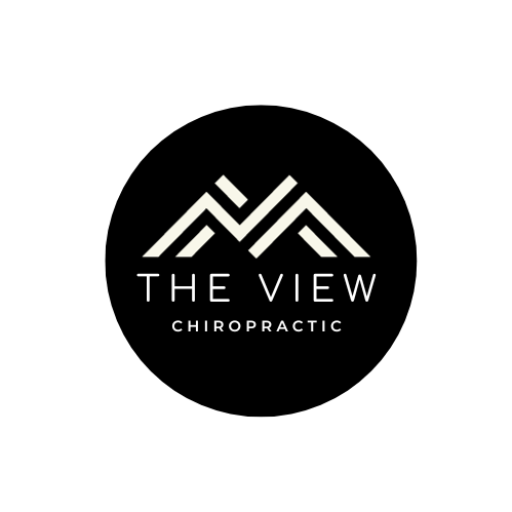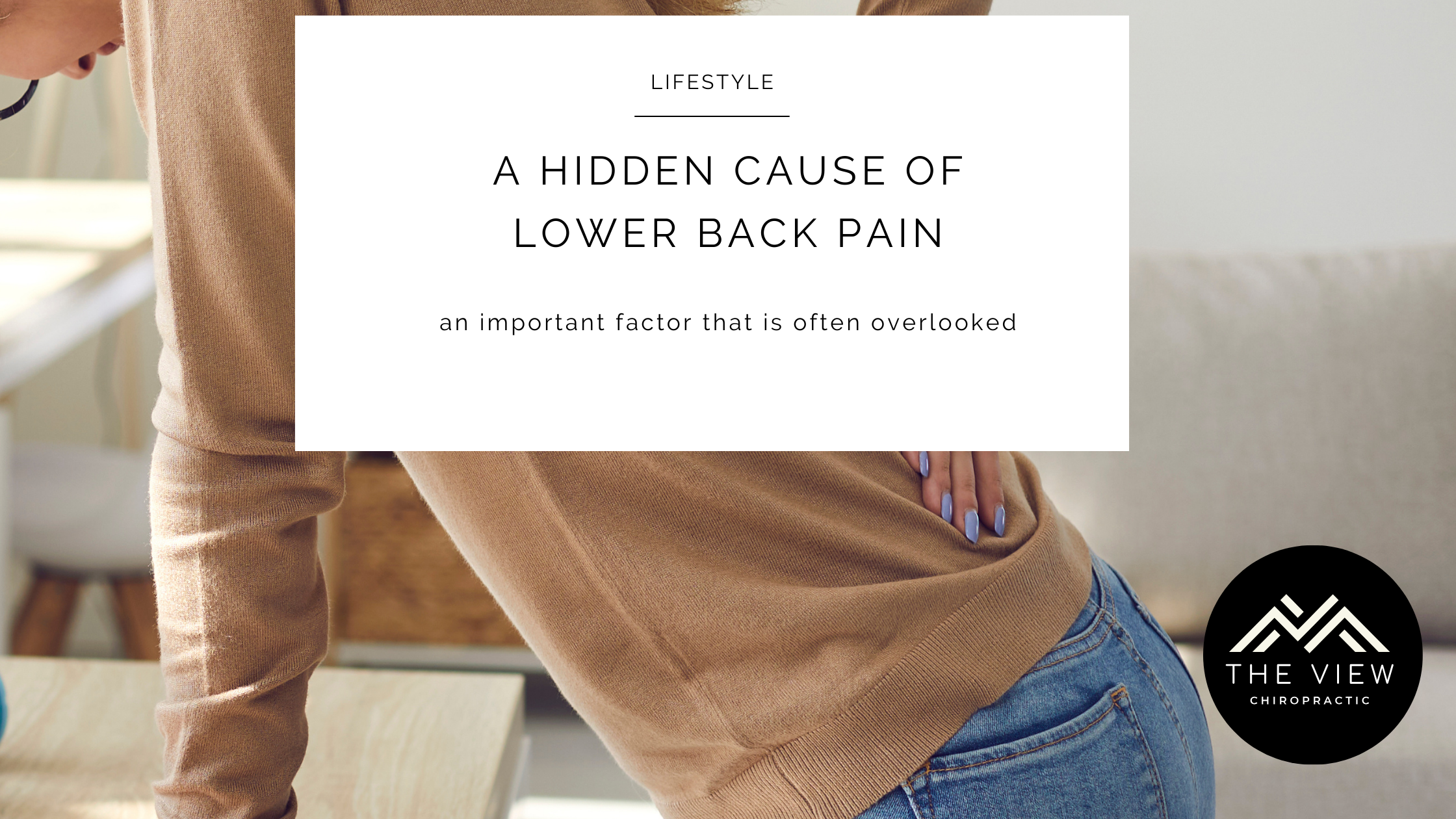One possible cause of lower back pain that often goes unnoticed is a hidden underlying condition. Whenever I find this “little-known problem” in someone for the first time, there is a lot of explaining that needs to get done. So I’ve been wanting to (no, I have been needing to) write this article for some time – both as a reference, but also as a piece of education – because any time I am finding and fixing this problem with a patient the same questions always come up. So it’s for me as much as it is for you.
The typical questions I receive during a chiropractic adjustment while I found THE problem:
- What does this have to do with low back pain?
- What are you doing, working on?
- How is that going to help me?
- How did you know I was having this problem?
- What does this do?
- How does that affect me?
- What can I do at home?
- What are those points you are rubbing, why are they so sensitive?
- How did it get this?
- Will it come back?
Let’s dive into this hidden cause of lower back pain and answer all your questions…
The ileocecal valve (ICV) is the valve that sits between the small intestine and the large intestine. Its job is to allow food that has finished being digested in the small intestine to pass into the large intestine where it becomes waste. The valve is supposed to keep the two separate and not allow the waste in the large intestine to slide back into the small intestine, where it can get reabsorbed back into the bloodstream. If the valve does not shut properly, pro-inflammatory substances will get circulated throughout the body and you will literally and figuratively – feel like poop.
The more active you are, the more blood you pump and the more inflamed you’ll become. So if you’re someone who feels worse after physical activity or someone who feels worse after an adjustment or a massage, you could have an ICV problem.
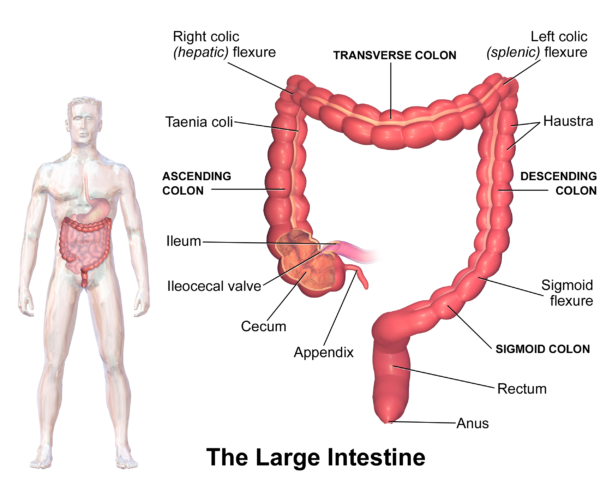
Symptoms of Ileocecal Valve Dysfunction
When the valve is stuck open, there is also the problem of retaining fluids and the pooling of fluids in the joints and discs of the spine – called edema. Edema tends to “sink to the bottom”. Therefore, if you stand a lot you may notice swelling and pain in the ankles and feet. If you lay down, your back gets sore in the morning after sleeping in bed all night. If you sit a lot – you may notice both lower back and feet swollen and hurting.
Other symptoms of ICV dysfunction may be poor digestion, bloating, and altered bowel functions. There is often tenderness to the touch in the area between the navel and right hip. Since there is such a significant connection between the gut and immune function, I will often see this problem in people who are sick with common cold symptoms.
Causes of Ileocecal Valve Dysfunction
When you have the ICV problem it usually comes down to these few things that are irritating the valve and gut lining.
- Chemical irritants: caffeine and spicy foods.
- Physically irritants: nuts, seeds, popcorn, and raw veggies and fruits (think hard, crunchy produce like raw cauliflower, cabbage, apples etc.) – these things are hard to digest and will cause a physical irritation of the valve and intestinal lining.
Consequently, you should avoid these irritants for the next 10-14 days to allow your healing to take place after we work on your ICV during adjustments.
Answers about the Ileocecal Valve
Will this problem occur again?
That depends on how much you limit your intake of the things mentioned above, and if other nutritional support may be necessary.
How does it affect muscle function?
Applied Kinesiology and Muscle Response Analysis are two post-doctoral studies that I’ve chosen to pursue and they are tremendously useful in combination with chiropractic adjustments. You’ve seen I do a lot of muscle testing and certain patterns can tell me you’re having a problem with the valve – usually they involve the quadratus lumborum (flank) muscles and the hamstring muscles.
But here’s what happens – valve dysfunction sends a negative signal through the nerves back to the spinal cord which activates a reflex called the visceral somatic reflex which “trips the circuit” and shuts down corresponding muscles – imagine if you’ve ever had a circuit breaker go off in your home because you were using too many appliances at one time. Not only do those appliances stop working but all of the lights and outlets on that circuit go off too – it’s like that.
This combination of muscle weaknesses and increased inflammation is a major reason why the ileocecal valve is an important factor in people with lower back pain.
Dr. John Steffens
How do you fix it?
The quick way to reset the valve is to rub the four reflex points related to the valve, and then do a gentle massage to the valve itself. The reflex points when activated will be quite sensitive to the touch for about the first 15-20 seconds and could be a little sore for the next day following treatment.
Sometimes the body may need more and that’s when we take the muscle testing even further to uncover whether nutritional support may be necessary to aid in the healing process!
Addressing ileocecal valve dysfunction almost always results in major changes in muscle control, inflammation levels, and bowel functions. Plus, the lower back pain dissipates and you will feel better in general.
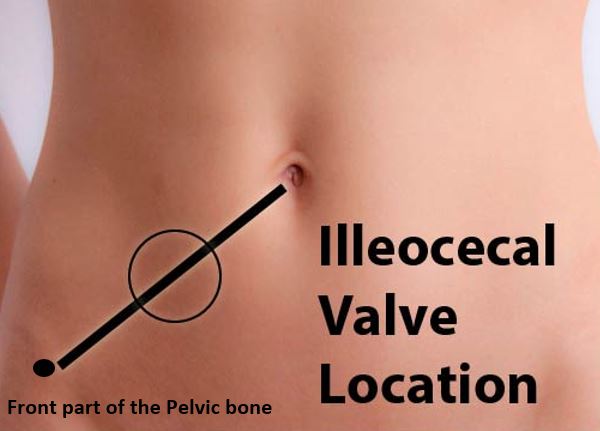
There is a list of possible other symptoms related to the malfunction of the Ileocecal valve such as:
- abdominal pain
- constipation or diarrhea
- SIBO, IBS, and other digestive disorders
- bloating and bleching
- acne, eczema, and other skin conditions,
- bad breath and body odor
- knee and hip pain
- lethargy, depression, dark circles around the eyes
- flu-like symptoms, frequent colds
- nausea, dizziness
- stiff neck, and frozen shoulder especially on the right
- carpal tunnel syndrome, joint pain
If you think your health problem might be caused by your ICV dysfunction consider getting it checked at your next visit.
Key Takeaways:
- The ICV is an important, yet not well-known, structure in the body.
- Its dysfunction results in muscle weakness, inflammation, and sudden lower back pain.
- Healing may need specific nutritional support which is best determined through Muscle Response Analysis by a trained kinesiologist.
- During recovery, you should avoid caffeine, spicy foods, nuts and seeds, popcorn, and roughage from raw vegetables and fruits.
You Might Be Interested In:
-
Chiropractic Treatment for Headaches: A Drug-Free Alternative
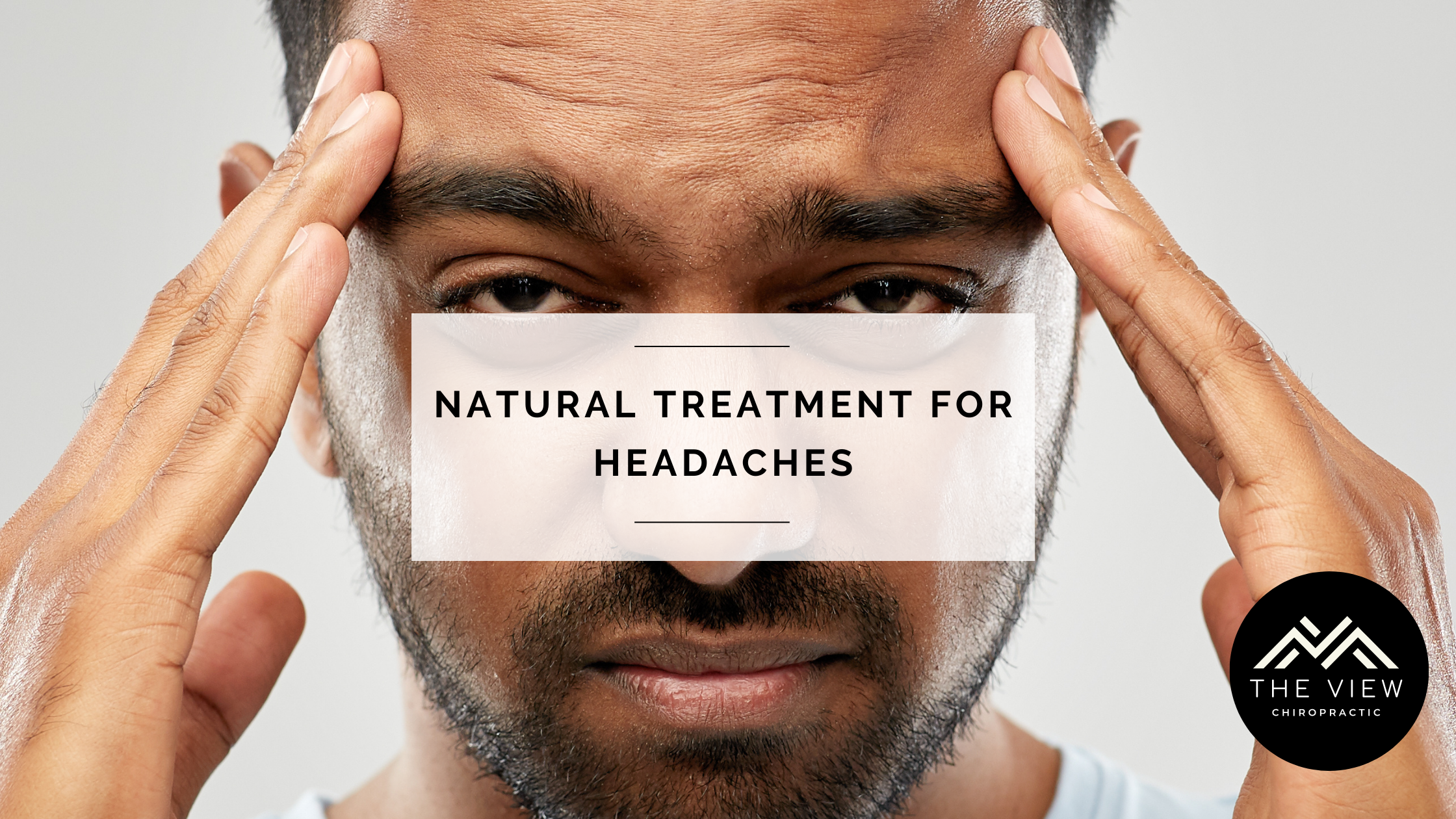
Find Fast Relief: Chiropractor for Headache Relief Near Me Nearly 50 million Americans suffer from chronic headaches, with many reaching for medication as their initial headache relief. What if there was another way? A solution that didn’t involve pills, potential side effects, or masking symptoms while failing to treat the underlying cause. Chiropractic care offers…
-
The Link Between Posture and Productivity: Tips for Denver Office Workers
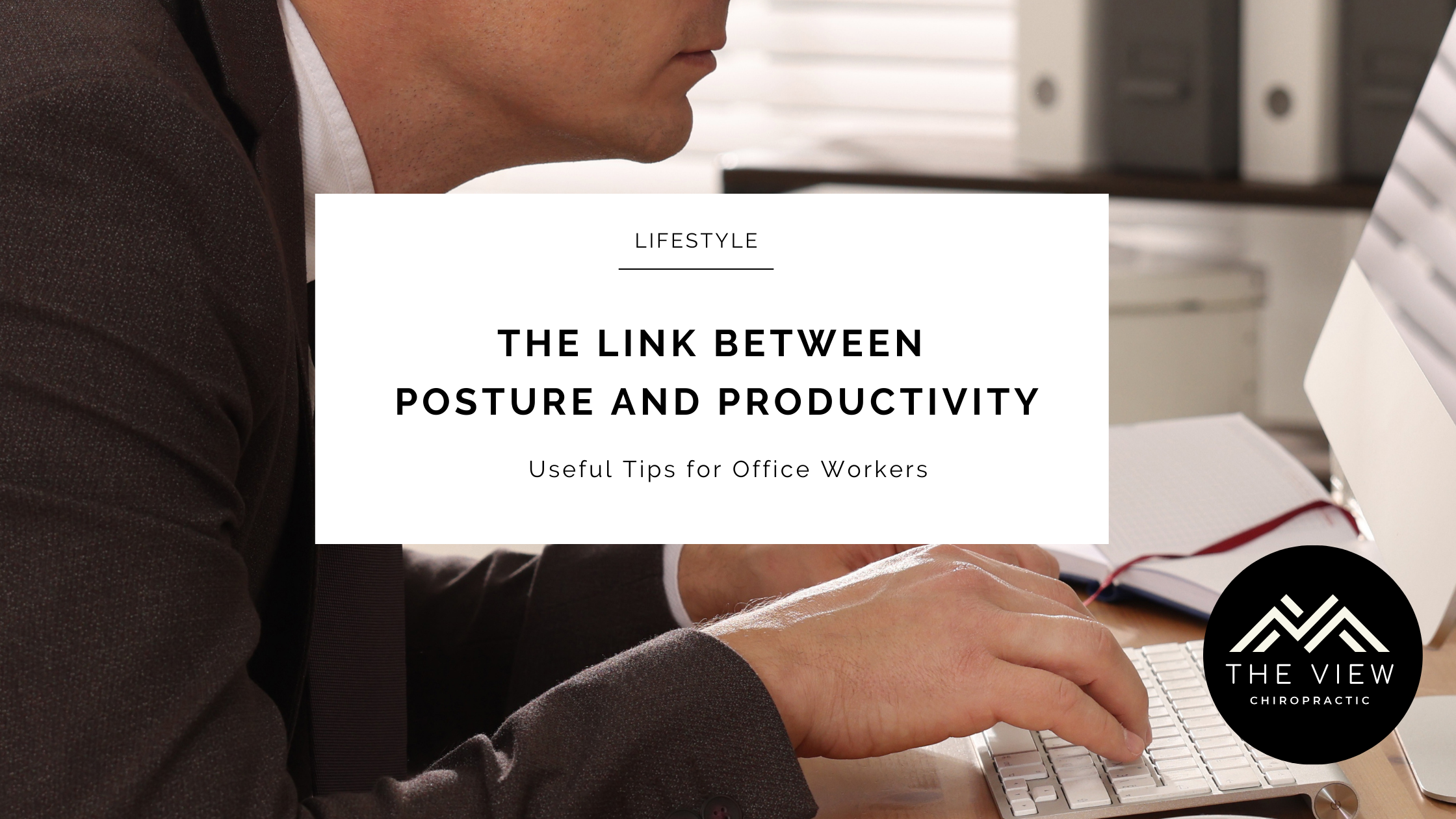
Denver Office Posture Tips In the fast-paced world of Denver’s professional landscape, where innovation meets mountain-town grit, there’s a silent productivity killer that might be right under your nose – or, more accurately, right under your shoulders. Your posture isn’t just about looking confident; it’s a critical factor that can make or break your workday…
-
5 Natural Ways to Relieve Back Pain Without Medication
5 Natural Ways to Relieve Back Pain Without Medication Back pain. It’s the unwelcome house guest that overstays its welcome, the colleague who talks too much at the water cooler, the neighbor’s dog that won’t stop barking. For many Denver residents, it’s an all-too-familiar companion that can turn simple tasks into enormous efforts. But before…
